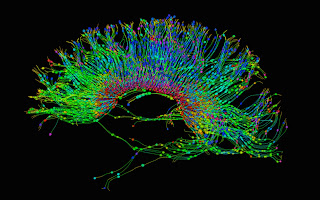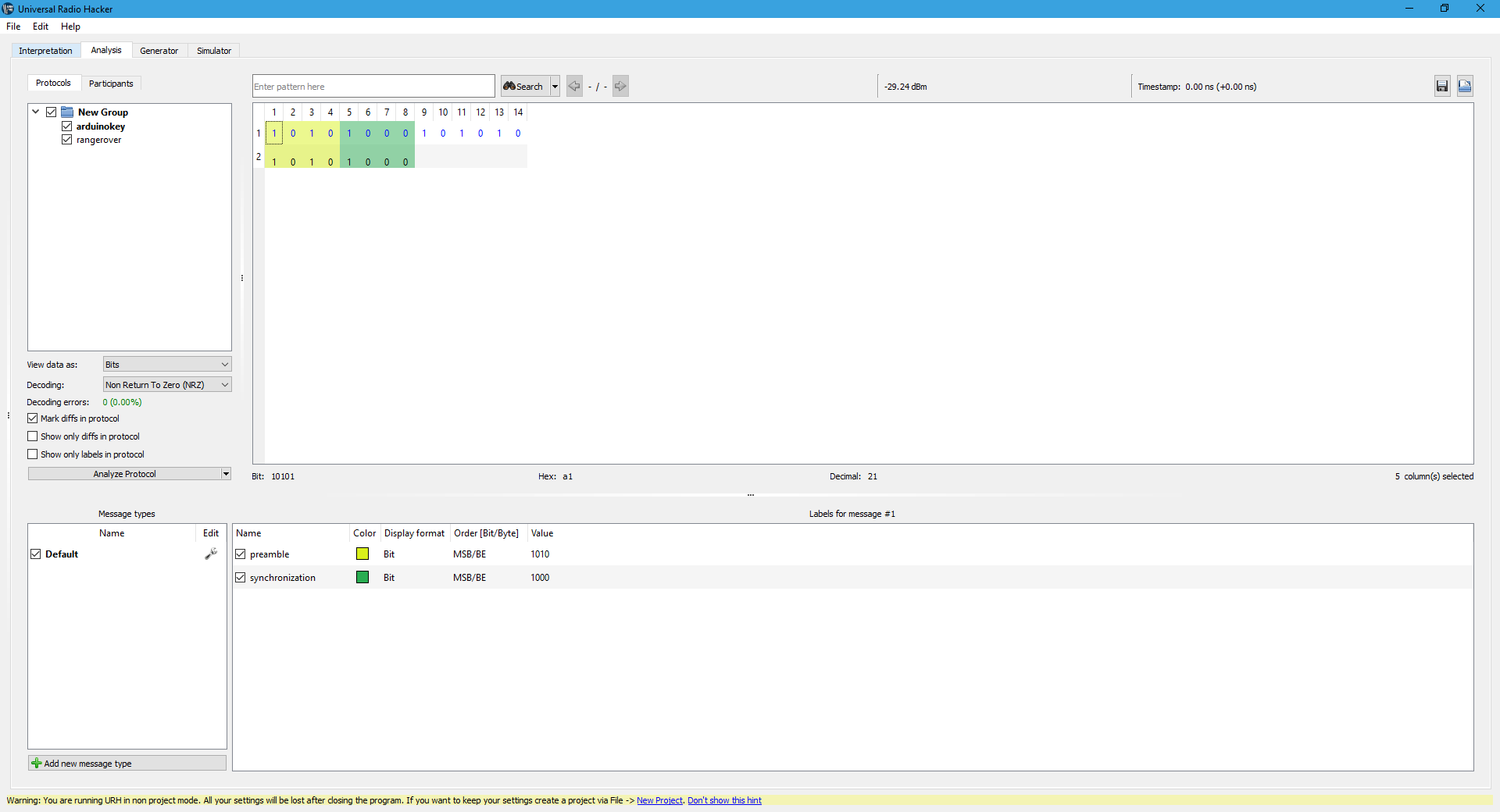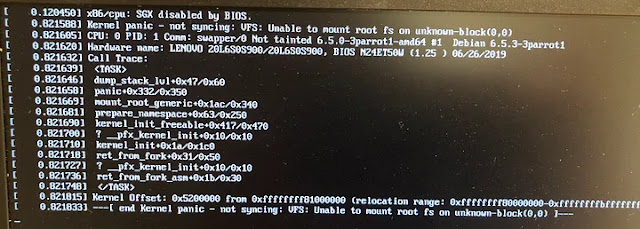The emergence of molecular biology has produced a vast
literature on the cellular function of individual genes and their protein
products. It has also generated massive amounts of molecular interaction data
derived from high-throughput methods as well as more classical low-throughput
methods, such as immunoprecipitation, immunoblotting, and yeast two-hybrid
systems. From this accumulation of interaction data, researchers can now
attempt to reconstruct and analyses the highly complex molecular networks
involved in cellular function.
Intracellular molecular networks are known to be highly deregulated
in a number of diseases, most notably in cancer, and targeted molecular
inhibitors have emerged as a leading anti-cancer strategy. Despite promising
pre-clinical studies, many targeted inhibitors are beset by harmful off-target
effects and/or lower than expected efficacy in the clinic. The large number of
off-target effects associated with molecular inhibitors was recently termed the
“whack a mole problem”1because
inhibiting one molecular target often results in the activation of another
non-targeted molecule. It is increasingly clear that the inability of many
targeted therapies to keep a disease in check is related to the complex
interactions and emergent, non-linear behaviors found in intracellular
networks. As a consequence, there is a critical need to develop practical
methodologies for constructing and analysing molecular networks at a systems
level.
Understanding the networks associated with neoplastic
diseases offers especially difficult challenges. Fundamental problems in
understanding the transition from the normal to near normal to dysplastic to
neoplastic to metastatic states of cancer progression can theoretically be
modelled by longitudinal comparisons of networks in which, as progression
occurs, certain molecular interactions are rendered stronger (for instance
through gene amplification) or lost (through mutation, deletion,
down-regulation, or methylation). Logic models provide a framework in which
these types of network comparisons are possible. Multi-state logic models can
simulate signal amplification and random order asynchronous logic models can
simulate the heterogeneous response in a population of cells to diverse
stimuli. Logic-models are also well suited for performing in silicon molecular
perturbations, which could be used to predict a population level response to a
targeted therapy or a combination of therapies. In this review, we provide a
tutorial on the use of logic-based methods as well as a discussion of their
limitations, using biologically motivated examples.
download link for the above article
download link for the above article




Comments
Post a Comment